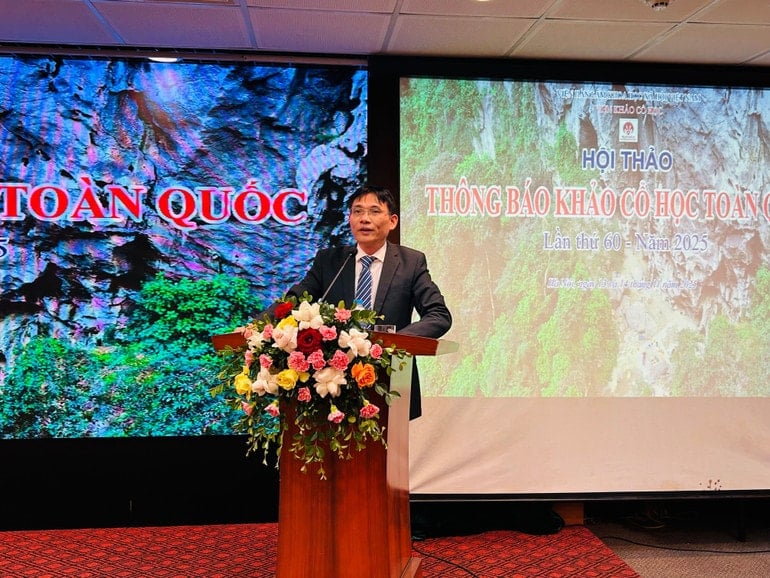
Speaking at the workshop, Associate Professor, Dr. Nguyen Duc Minh, Vice President of the Vietnam Academy of Social Sciences, emphasized that archaeology is a core part of national culture, always receiving attention from the Party, the State and the whole society. The achievements of archaeological research in recent times have contributed to clarifying many issues of the historical process, raising public awareness, promoting the preservation and promotion of the value of Vietnam's cultural heritage.
Associate Professor, Dr. Nguyen Duc Minh highly appreciated the 60-year academic tradition of the National Archaeological Announcement Conference 2025; affirming that this is an important scientific forum, a place where archaeological researchers from all over the country gather to announce new results, exchange academic knowledge and develop expertise. These contributions not only enrich archaeological knowledge but also contribute to spreading historical and cultural values to the community, especially the young generation.
Dr. Ha Van Can, Director of the Institute of Archaeology, said that 2024 recorded many outstanding discoveries in both prehistoric and early historical archaeology, historical archaeology and underwater archaeology, reflecting the richness of heritage and the efforts of research teams across the country. This conference is an opportunity to comprehensively review new results, identify emerging scientific issues and open up new approaches, contributing to improving the quality of Vietnamese archaeological research in the new context.
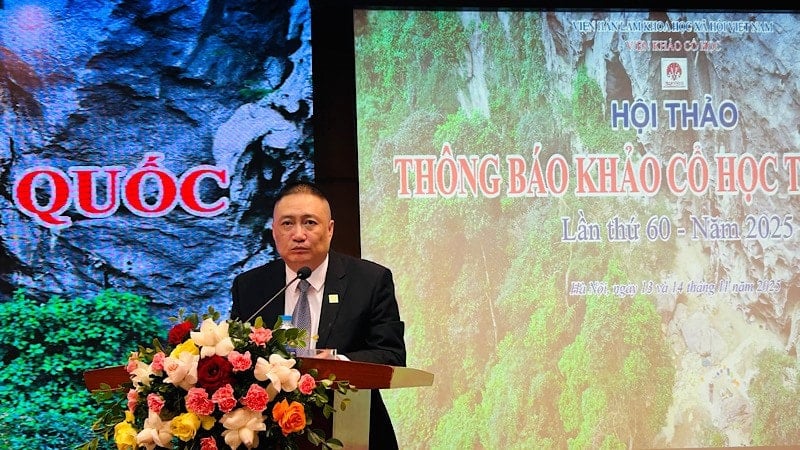
According to Associate Professor, Dr. Bui Van Liem, Deputy Head of the Conference Organizing Committee, the year 2024 - 2025 recorded many outstanding achievements of Vietnamese archaeology, with 385 announcements covering both Prehistoric, Early Historical, Historical archaeology, Champa - Oc Eo archaeology and underwater archaeology. In Prehistoric archaeology, excavations in Thai Nguyen, Lai Chau, Nghe An, Gia Lai, Ninh Thuan ... discovered many residential relics, tombs, flakes, stone tools, pottery, cultural sediments dating from 12,000 to 3,500 years old, providing important data on the development of stone carving industry and the life of residents during the Hoa Binh and post-Hoa Binh periods. Early State and Prehistoric Archaeology continued to add new discoveries in Son La, Bac Kan, Ninh Binh, Hanoi, Vung Tau, Binh Duong..., clarifying the age, cultural layers and residential characteristics from the Dong Dau, Go Mun to Dong Son periods, especially identifying many more Dong Son residential layers in Thanh Den, Co Loa and Luy Lau.
In historical archaeology, 201 reports reflect a series of new discoveries on religious architecture, pottery, metal objects, construction materials, tombs, worship statues, etc., helping to more clearly identify the economic and cultural life from the Ly, Tran to Nguyen dynasties. Champa - Oc Eo archaeology recorded 38 reports, notably the discoveries at Thap K, Lieu Coc, Khanh Le, My Son, Binh Thuan and Hue, determining the structure, age and function of religious and residential architecture. Underwater archaeology has 17 reports, focusing on the Central and Southern regions, contributing to determining ancient trade routes, shipwreck ages and valuable artifacts. These results show that Vietnamese archaeology activities are vibrant, highly effective and continue to make important contributions to the restoration of national cultural history.
Delegates focused on discussing the outstanding issues of Vietnamese archaeology today, especially the excavation results recording early ages, complex cultural layers and changes in the stone tool, flake and raw cobblestone manufacturing technology in many locations across the country. Many opinions analyzed in depth the stratigraphic structure, cultural characteristics of each sediment layer, the ability to determine the age by the method of determining the age of antiquities based on direct measurement of the number of Carbon14 atoms remaining in organic samples such as charcoal, bones, wood, shells (AMS-C14), as well as the identification of traces of residence, economic and social activities of ancient residents through relics and habitats.
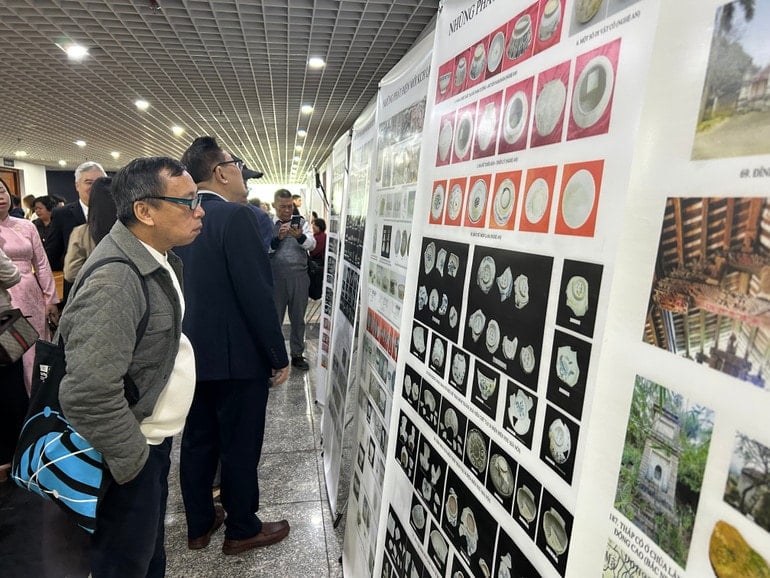
From these analyses, delegates proposed to strengthen interdisciplinary research, especially between archaeology, geology, paleontology and geomorphology to clarify the context of the formation of relics. In addition, there is a solution to promote the application of digital technology to store and process data to improve the accuracy of cultural layers. Delegates also emphasized the inventory, preservation and promotion of relic values associated with community education and heritage management in the new period.
According to VNASource: https://baohaiphong.vn/hoi-thao-thong-bao-khao-co-hoc-toan-quoc-nam-2025-526568.html





![[Photo] Deep sea sand deposits, ancient wooden ship An Bang faces the risk of being buried again](https://vphoto.vietnam.vn/thumb/1200x675/vietnam/resource/IMAGE/2025/11/13/1763033175715_ndo_br_thuyen-1-jpg.webp)






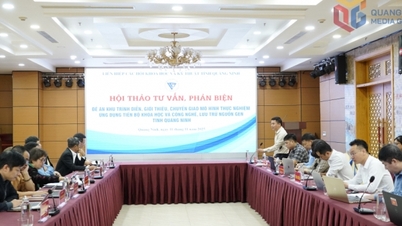










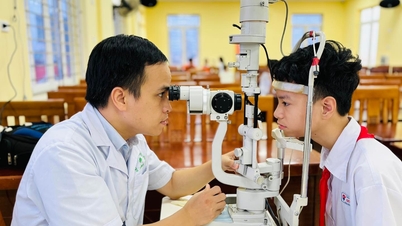









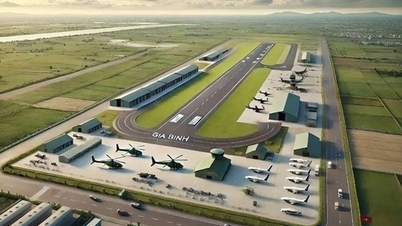
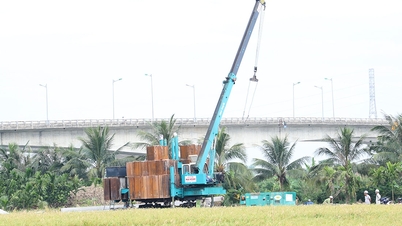
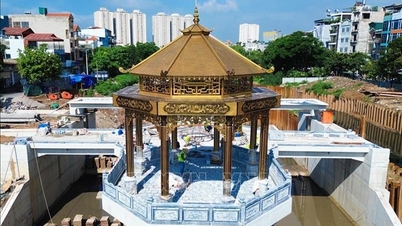



































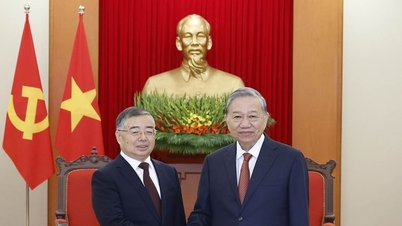
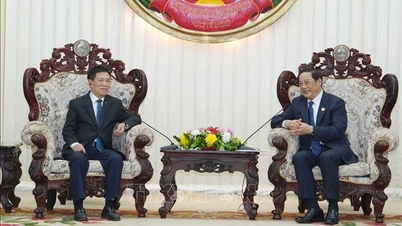


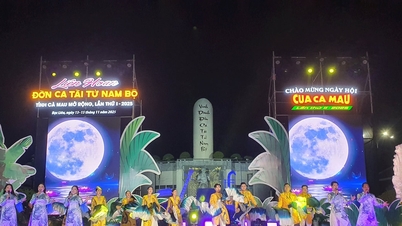






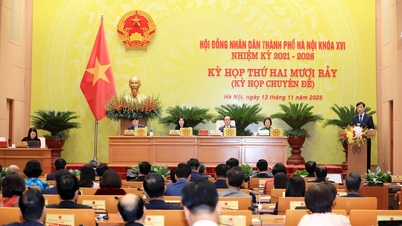


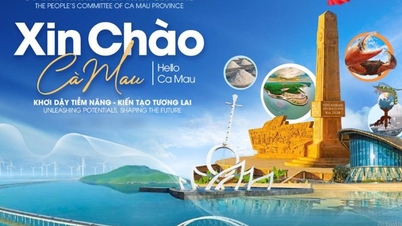
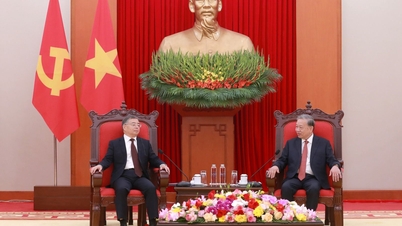





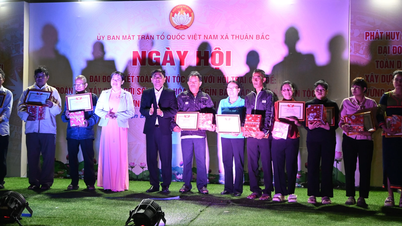

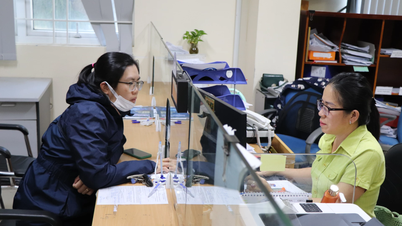




![Dong Nai OCOP transition: [Article 3] Linking tourism with OCOP product consumption](https://vphoto.vietnam.vn/thumb/402x226/vietnam/resource/IMAGE/2025/11/10/1762739199309_1324-2740-7_n-162543_981.jpeg)




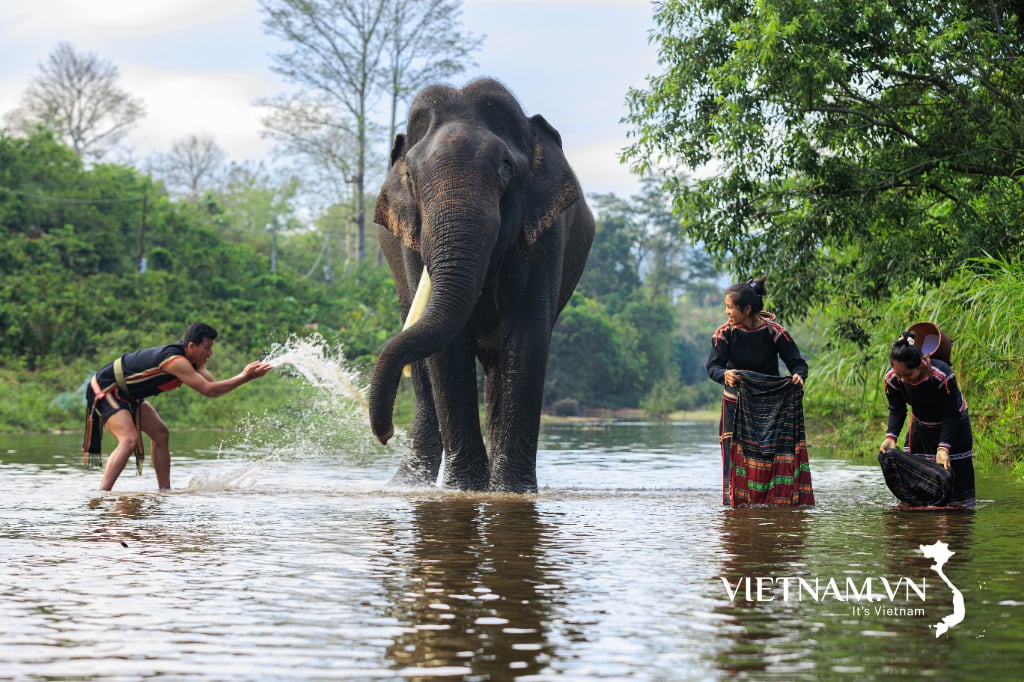

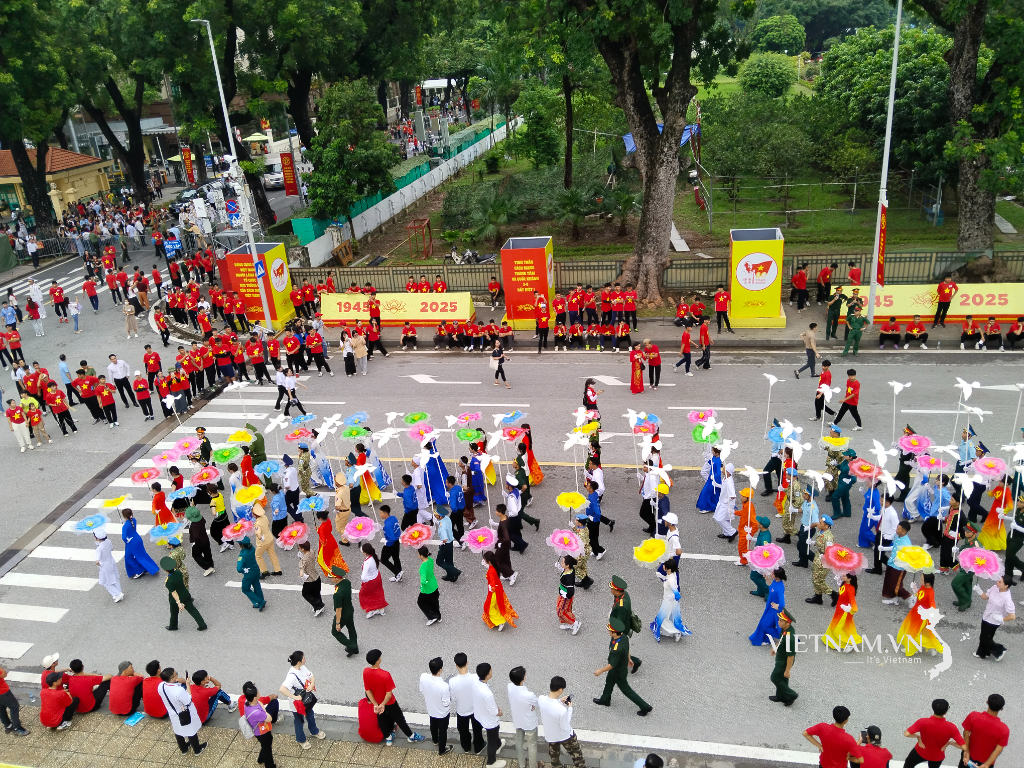
Comment (0)